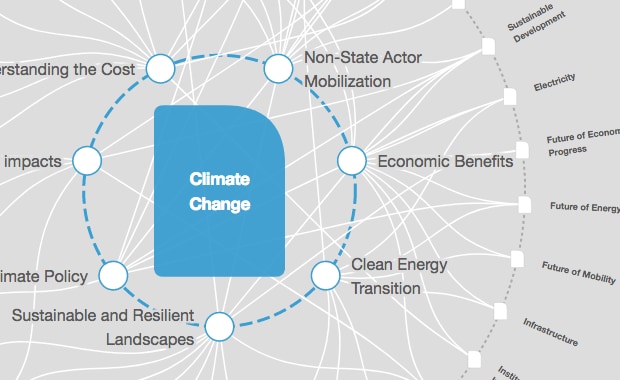Siberia’s weather is weird – and it’s causing problems

Summer in Siberia? Image: REUTERS/Ilya Naymushin

Get involved with our crowdsourced digital platform to deliver impact at scale
Stay up to date:
Climate Crisis
- Much of Siberia enjoyed an unseasonably warm winter, with heatwaves taking temperatures in some places 10 degrees above average.
- In contrast, there have been snowstorms and tornadoes in June.
- The weather is causing the permafrost layer to melt, leading to a massive oil spill and the spread of wildfires.
One minute it’s T-shirts, the next it’s snow boots. Siberia is experiencing some wild weather swings in 2020.
Russia’s coldest region has just experienced a winter heatwave, with an early start to summer seeing temperatures hit 35°C. Much of Siberia experienced temperatures well above average for the period from June 2019 to May 2020, with some parts 10°C above the average temperatures seen between 1981 and 2010.
But June has brought snow, tornadoes and flooding to the region, with a state of emergency declared in some parts. Villages have been deluged, houses destroyed and bridges washed away.
Oil leaks, wildfires and floods
While locals have been enjoying the sunbathing, early-blooming flowers and harvests, the effects of the temperature fluctuations have had more concerning consequences for the environment.
Back in December, Russian President Vladimir Putin acknowledged the potential severe impact the heatwave could have if it triggered thawing of the permafrost layer on which a number of cities are built.
The melting permafrost led to what environmentalists say is the worst oil spill of its kind in the Russian Arctic. In May, diesel oil started to leak from a storage tank near Norilsk because melting permafrost weakened its supports. Thousands of tonnes of oil have contaminated the nearby Ambarnaya river and surrounding subsoil, and have put other parts of the region at risk.

Meanwhile, ice on a number of rivers has been melting and breaking up earlier than usual, putting some towns on watch for flooding. And there have been extreme wildfires which have been exacerbated by drier conditions.
The global picture
The warmer temperatures in Siberia have contributed to May being the warmest on record globally, 0.63°C warmer than the average May from 1981-2010, according to the Copernicus Climate Change Service from the EU.
There are concerns that the coronavirus pandemic has pushed climate change further down the list of concerns for governments. And although globally greenhouse gas emissions plummeted during the early months of 2020, when many nations were on strict lockdown, they have started to climb again in some places. According to figures from the Centre for Research on Energy and Clean Air, air pollution in China rebounded in May – overshooting concentrations seen during the same period last year.
What is the World Economic Forum doing to champion social innovation?
In the past, countries have relied on highly polluting industries such as manufacturing and construction to help lift them out of a downturn. But the figures from the CREA underline the need for governments to focus on clean and environmentally friendly economic recoveries as lockdowns ease.
Don't miss any update on this topic
Create a free account and access your personalized content collection with our latest publications and analyses.
License and Republishing
World Economic Forum articles may be republished in accordance with the Creative Commons Attribution-NonCommercial-NoDerivatives 4.0 International Public License, and in accordance with our Terms of Use.
The views expressed in this article are those of the author alone and not the World Economic Forum.
Related topics:
The Agenda Weekly
A weekly update of the most important issues driving the global agenda
You can unsubscribe at any time using the link in our emails. For more details, review our privacy policy.
More on Climate CrisisSee all
Mette Asmussen and Takahiro Furusaki
April 18, 2024
Laia Barbarà and Ameya Hadap
April 17, 2024
John Letzing
April 17, 2024
William Austin
April 17, 2024
Rebecca Geldard
April 17, 2024








